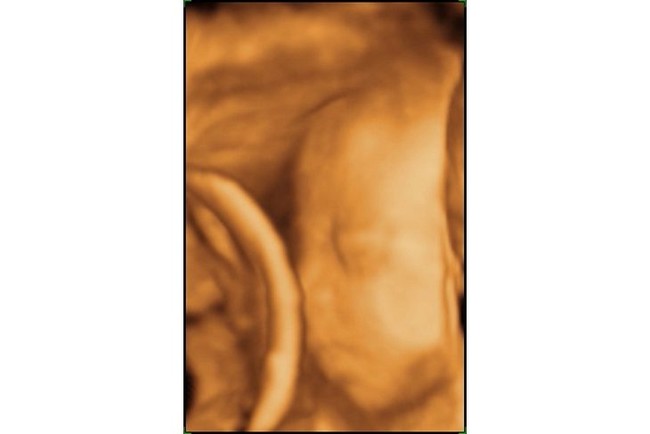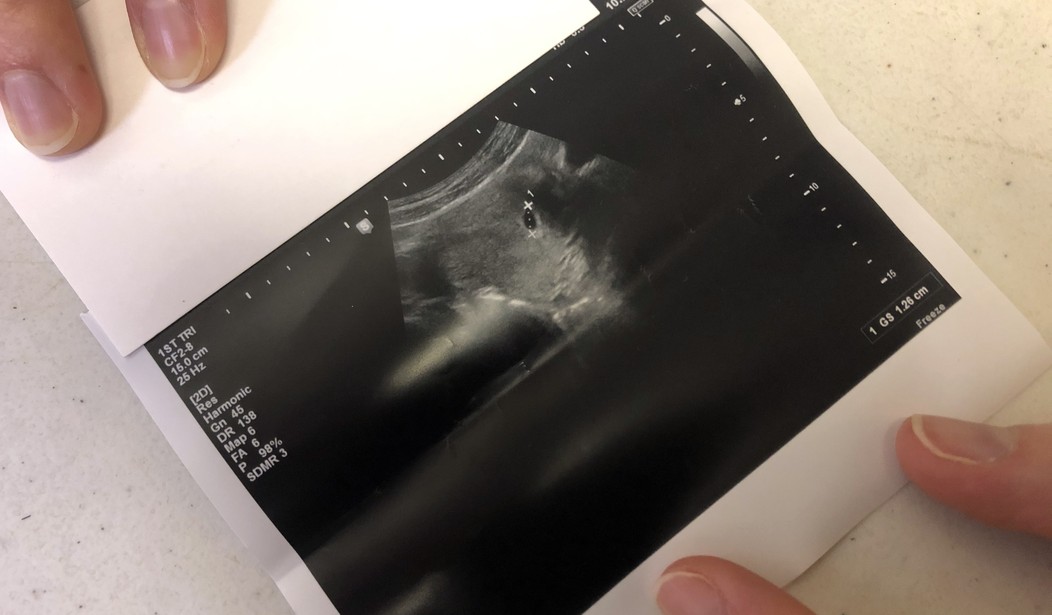In 1973 when the United States Supreme Court issued the Roe v Wade decision legalizing abortion, the justices did not know much about life in the womb or fetuses themselves. No one did—the technology simply wasn’t there.
Since then, advances in virtually every aspect of life have exploded, with the development of personal computers, cellphones with microchips more powerful than anything they had aboard the Apollo Space 11 mission, cars that drive by themselves, and so much more. Nowhere has that innovation been more pronounced than in the study of fetuses and their capabilities.
Those advances have roiled the debate over abortion and energized the pro-life movement.
Ultrasound came into widespread use in the mid-to-late 1970s and was the dominant method of prenatal screening for decades. Although it was a profound development, anyone who’s ever seen one remembers the doctor pointing at a blob on the screen and saying, “look it’s a boy, you see that, right?” (All you could do was nod, though truthfully you saw nothing more than an indistinct blur of black and white.)
In the late nineties, 3D and 4D ultrasound became prominent, and this was a game-changer because you could actually see the baby’s face, watch its movements, even see it smile or suck its thumb. Pro-life lawmakers quickly started writing laws requiring women to get ultrasounds before an abortion; meanwhile abortion advocates were outraged, with the debate continuing to this day.

My daughter in the womb. The facial features she displays here are still recognizable, all these years later. Credit: Bob Hoge, used with permission.
What the justices did not know back in 1973 was all that was going on in the womb during pregnancy. Here is a heavily condensed version of a WebMD slideshow that explains each level of what we now know about fetal development (emphasis mine):
- Fertilization also called conception, occurs when a sperm meets and penetrates an egg. Within about three days after conception, the fertilized egg is dividing very fast into many cells; it then passes through the fallopian tube into the uterus, where it attaches to the uterine wall.
- By four weeks, the baby is developing the structures that will eventually become its face and neck. Organs are forming. A home pregnancy test would show positive. By the eighth week, the baby is now a little over half an inch in size, its eyelids and ears are coming in, and its arms and legs are well formed.
- The baby starts to move at 12 weeks, and the sex starts to become apparent. By the sixteenth, it can blink, its heart is fully formed, and it has fingerprints. At week 20, he or she can suck its thumb, yawn, stretch, and make faces.
- At 28 weeks, the baby weighs about 2 pounds, 6 ounces, and changes position often. If you had to deliver prematurely at this point, there would be a good chance the baby would survive.
- From 32 weeks to birth the. baby will gain over half its birth weight and develop rapidly until delivery, which occurs around the 40th week.
At various points during its development, a fetus will learn to respond to touch and taste, smile, suck its thumb, hear sounds, distinguish voices—even see faces outside the mother’s womb.
To give you an idea of how far our understanding has advanced, the prevailing opinion back in 1973 was that fetuses couldn’t even feel pain, which seems like a preposterous conclusion these days. (In fact, they used to perform in-utero surgery on fetuses—without anesthesia.)
One thing is certain—the judges then did not know what we know now.
Several of the current Supreme Court justices have young kids, and presumably would have seen 3 or 4D scans of their own children before birth. We may never know if the new science affected the thinking of those who voted for the leaked Alito opinion that apparently strikes down Roe. But we can say with certainty that profound technological advances inflamed both sides of the abortion argument, and passions seem stronger than ever.
I’ll leave you with a video from “Naked Science,” which originally aired on the National Geographic Channel and has almost 13 million views, depicting the journey in the womb. No one in 1973 would have had any idea of any of this.














Join the conversation as a VIP Member